
[?] Subscribe To This Site

Image of the Month
|
| December 2019 -
"Chase On" |
||||||
The cheetah (Acinonyx jubatus) is a large cat of the subfamily Felinae that occurs in North, Southern and East Africa, and a few localities in Iran. It inhabits a variety of mostly arid habitats like dry forests, scrub forests, and savannahs. The species is IUCN Red Listed as Vulnerable, as it suffered a substantial decline in its historic range in the 20th century due to habitat loss, poaching for the illegal pet trade, and conflict with humans. By 2016, the global cheetah population has been estimated at approximately 7,100 individuals in the wild. Several African countries have taken steps to improve cheetah conservation measures. |
||||||
More from this photographer. |
ee downloadable photographs
| November 2019 -
"Autumn Colour" |
||||||
Beech (Fagus sylvatica) was a late entrant to Great Britain after the last glaciation, and may have been restricted to basic soils in the south of England. Some suggest that it was introduced by Neolithic tribes who planted the trees for their edible nuts. The beech is classified as a native in the south of England and as a non-native in the north where it is often removed from 'native' woods. |
||||||
More from this photographer. |
ee downloadable photographs
| October 2019 -
"Another Loch" |
||||||
Loch Clair is a small and placid loch with superb views of the surroundings, situated in Achnasheen, Highland, Scotland. Offers an accessible and a scenic walk for a young family on fine routes. The routes are very good, with just one muddy side, and boots are recommended. From the south end of the lake the quartitze capped Munro, named Beinn Eighe, mirrors in the dark surface, its waters fringed in golden birch and the remnants of the Caledonian pine forest in the centre and Liatach, one of the Torridonian giants, beyond. |
||||||
More from this photographer. |
ee downloadable photographs
| September 2019 -
"Take Off" |
||||||
One of the shots taken at the Hawk Conservancy in Hampshire to test the Olympus 300mm f4.0 PRO lens (Full Frame Equivalent 600mm). It was 3pm, pouring with rain, in a wood, light getting dimmer by the minute. ISO up to maximum, hand held in relatively low light (to test the 6EV Image Stabilisation as well as my shaky arthritic hands!) The Barn Owl obliged and all I can say is WOW. I would never have thought it possible, but here's the result. Full article at - https://www.better-photographs.com/birds-in-flight.html |
||||||
More from this photographer. |
ee downloadable photographs
| August 2019 -
"Lochs & Mountains" |
||||||
Take the high road south from Applecross to the pass and you will be greeted by this stunning view across Loch Kishorn from Bealach na Ba. To see more scenes from scotland visit - scenes-from-scotland-at.photography-and-imaging.com |
||||||
More from this photographer. |
ee downloadable photographs
| July 2019 -
"Urquhart Castle" |
||||||
The castle, situated on a headland overlooking Loch Ness, is one of the largest in Scotland in area. It was approached from the west and defended by a ditch and drawbridge. The buildings of the castle were laid out around two main enclosures on the shore. The northern enclosure or Nether Bailey includes most of the more intact structures, including the gatehouse, and the five-story Grant Tower at the north end of the castle. The southern enclosure or Upper Bailey, sited on higher ground, comprises the scant remains of earlier buildings. |
||||||
More from this photographer. |
ee downloadable photographs
| June 2019 -
"Lupins" |
||||||
The legume seeds of lupins, commonly called lupin beans, were popular with the Romans, who cultivated the plants throughout the Roman Empire; hence, common names like lupini in Romance languages. Seeds of various species of lupins have been used as a food for over 3000 years around the Mediterranean and for as long as 6000 years in the Andes. Lupins were also used by many Native American peoples such as the Yavapai in North America. The Andean lupin or tarwi (Lupinus mutabilis) was a widespread food in the Incan Empire; but they have never been accorded the same status as soybeans, dry peas and other pulse crops. The pearl lupin of the Andean highlands of South America, Lupinus mutabilis, known locally as tarwi or chocho, was extensively cultivated, but no conscious genetic improvement other than to select for larger and water-permeable seeds seems to have been made. Users soaked the seed in running water to remove most of the bitter alkaloids and then cooked or toasted the seeds to make them edible, or else boiled and dried them to make kirku, reported as a pre-Columbian practice in Las Relaciones geográficas de Indias. Spanish domination led to a change in the eating habits of the indigenous peoples, and only recently has interest in using lupins as a food been renewed. |
||||||
More from this photographer. |
ee downloadable photographs
| May 2019 -
"Rainbow" |
||||||
We often see rainbows gracing the sky but those that graze the horizon often escape our detection. This low-slung beauty was photographed from my back garden on 2nd April at 13:41 GMT when the Sun was approximately 40 degrees above the horizon. In order for a rainbow to be seen the Sun must be no higher than 42 degrees above the horizon. This is because, as determined from the antisolar point, the radius of a primary rainbow is 42 degrees, thus the Sun cannot be higher than this for a rainbow to appear. During the summer season the Sun is too high in the sky at mid day, except in Polar Regions, for rainbows to be observed. However, near the winter solstice, a midday rainbow may indeed come into view in the mid-latitudes. But don’t expect to see a grand arch. At this time of day they’re lying low. Nonetheless, there still may be that proverbial pot of gold at the end of the bow. |
||||||
More from this photographer. |
ee downloadable photographs
| April 2019 -
"Brazilian Art" |
||||||
The Santa Teresa Tram is a historic tram line in Rio de Janeiro, Brazil. It connects the city centre with the primarily residential, inner-city neighbourhood of Santa Teresa, in the hills immediately southwest of downtown. It is mainly maintained as a tourist attraction and is nowadays considered a heritage tramway system, having been designated a national historic monument in 1988. The line has a very unusual gauge: 1,100 mm (3 ft 7 5⁄16 in). The main line is 6.0 kilometres (3.7 miles) long. Having run continuously since its opening in 1877 (except for a 2011–15 suspension), it is one of the oldest street railway lines in the world and having been electrically powered since 1896, it is the oldest electric railway in all of Latin America. It is also the only remaining metropolitan tram system in Brazil. The only other original tram systems in the country to have survived past 1971 are the Campos do Jordão interurban tram/light rail line and the Itatinga line (near Bertioga), a rural and non-public tram line, which both continue to operate today. All other cities closed their systems by 1971 (Santos being the last), but since that time, three towns, Belém, Campinas and Santos, have reinstated trams as heritage services, and Rio de Janeiro opened a modern light rail/tram system in 2016. |
||||||
More from this photographer. |
ee downloadable photographs
| March 2019 -
"Bath Time" |
||||||
The giant anteater (Myrmecophaga tridactyla), also known as the ant bear, is a large insectivorous mammal native to Central and South America. It is one of four living species of anteaters and is classified with sloths in the order Pilosa. This species is mostly terrestrial, in contrast to other living anteaters and sloths, which are arboreal or semiarboreal. The giant anteater is the largest of its family, 182–217 cm (5.97–7.12 ft) in length, with weights of 33–41 kg (73–90 lb) for males and 27–39 kg (60–86 lb) for females. It is recognizable by its elongated snout, bushy tail, long fore claws, and distinctively colored pelage. The giant anteater can be found in multiple habitats, including grassland and rainforest. It forages in open areas and rests in more forested habitats. It feeds primarily on ants and termites, using its fore claws to dig them up and its long, sticky tongue to collect them. Though giant anteaters live in overlapping home ranges, they are mostly solitary except during mother-offspring relationships, aggressive interactions between males, and when mating. Mother anteaters carry their offspring on their backs until weaning them. The giant anteater is listed as Vulnerable by the International Union for Conservation of Nature. It has been extirpated from many parts of its former range, including nearly all of Central America. Threats to its survival include habitat destruction, fire, and poaching for fur and bushmeat, although some anteaters inhabit protected areas. With its distinctive appearance and habits, the anteater has been featured in pre-Columbian myths and folktales, as well as modern popular culture. |
||||||
More from this photographer. |
ee downloadable photographs
| February 2019 -
"Close Enough" |
||||||
The leopard (Panthera pardus) is one of the five species in the genus Panthera, a member of the Felidae. The leopard occurs in a wide range in sub-Saharan Africa and parts of Asia. Leopards are listed as Vulnerable on the IUCN Red List because leopard populations are threatened by habitat loss and fragmentation, and are declining in large parts of the global range. In Hong Kong, Singapore, Kuwait, Syria, Libya, Tunisia and most likely in Morocco, leopard populations have already been extirpated. Contemporary records suggest that the leopard occurs in only 25% of its historical global range. Leopards are hunted illegally, and their body parts are smuggled in the wildlife trade for medicinal practices and decoration. Compared to other wild cats, the leopard has relatively short legs and a long body with a large skull. It is similar in appearance to the jaguar, but generally has a smaller, lighter physique. Its fur is marked with rosettes similar to those of the jaguar, but the leopard's rosettes are generally smaller, more densely packed and without central spots. Both leopards and jaguars that are melanistic are known as black panthers. The leopard is distinguished by its well-camouflaged fur, opportunistic hunting behaviour, broad diet, and strength (which it uses to move heavy carcasses into trees), as well as its ability to adapt to various habitats ranging from rainforest to steppe, including arid and montane areas, and its ability to run at speeds of up to 58 kilometres per hour (36 mph). |
||||||
More from this photographer. |
Free downloadable photographs
| January 2019 -
"On Stilts" |
||||||
Stilts are common architectural element in tropical architecture, especially in Southeast Asia and South America. The length of stilts may vary widely; stilts of traditional houses can be measured half meter to 5 or 6 meters. In Indonesia, the construction of the house symbolizes the division of the macrocosm into three regions: the upper world; the seat of deities and ancestors, the middle world; the realm of human, and lower world; the realm of demon and malevolent spirit. The typical way of buildings in Southeast Asia is to build on stilts, an architectural form usually combined with a saddle roof. Stilts can be found in Indonesian vernacular architecture such as Dayak long houses, Torajan Tongkonan, Minangkabau Rumah Gadang, and Malay houses. The construction is known locally as Rumah Panggung (lit: "stage house") houses built on stilts. This was to avoid wild animals and floods, to deter thieves, and for added ventilation. In Sumatra, traditionally stilted houses are designed in order to avoid dangerous wild animals, such as snakes and tigers. While in areas located close to big rivers of Sumatra and Borneo, the stilts help to elevated house above flood surface. |
||||||
More from this photographer. |
free downloadable photographs
You might want to subscribe to my Better Photographs Blog. This RSS feed is a blog which will let you know whenever any new or changed Web pages appear on this site. It also keeps you up-to-date with other news and information that will help you to achieve superb results.
Return from Image of the Month to Better Photographs home page.
 |
| Book of the Month |
 |
| Click here to read the review. |
| Find It |
 Custom Search
|
| All of the advice,
tutorials, masterclasses and ideas on this website are available to you
at no charge. Even so, its upkeep does incur costs. |
|
|
|
|
| If you feel
that the site has helped you then any contribution you make, however
small, would go towards its ongoing maintenance and development. Thanks for your help. |



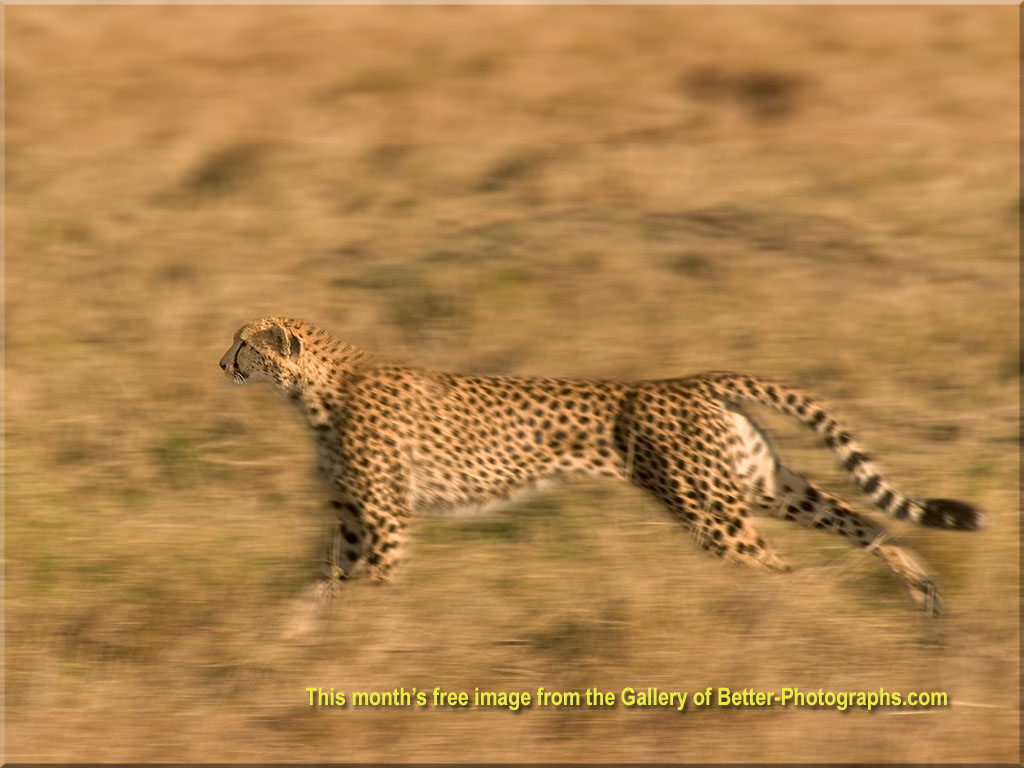
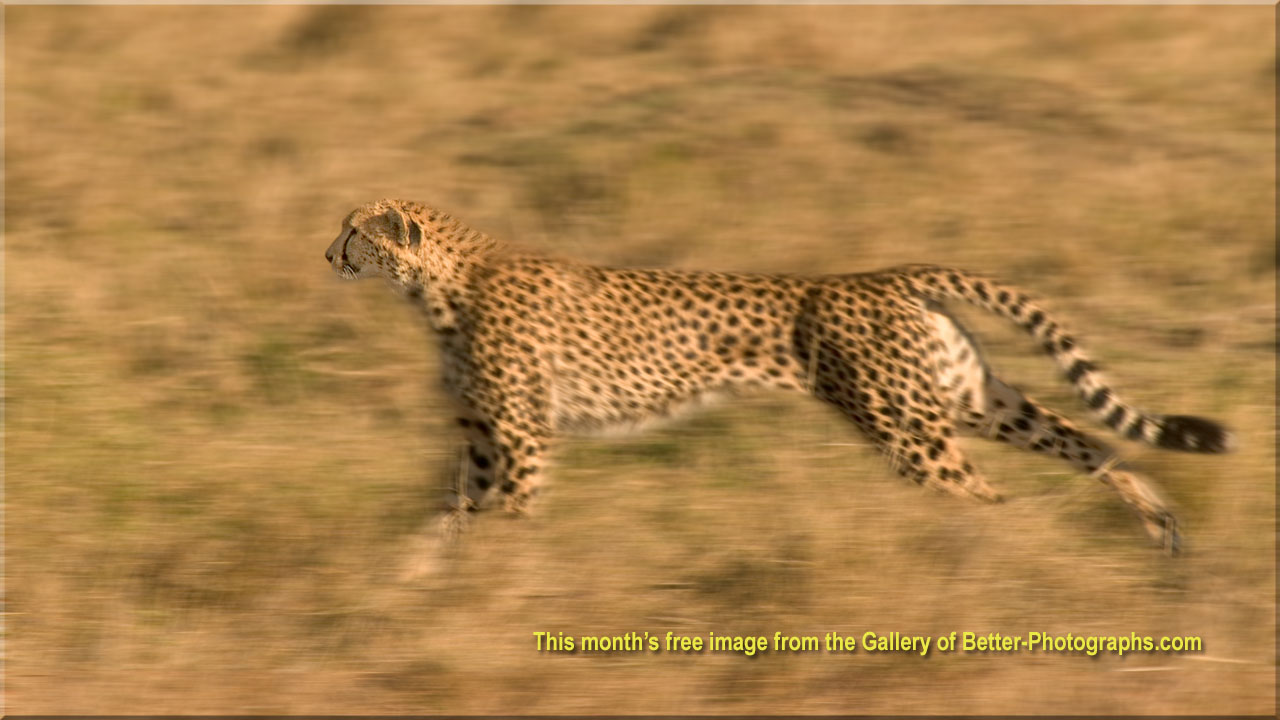
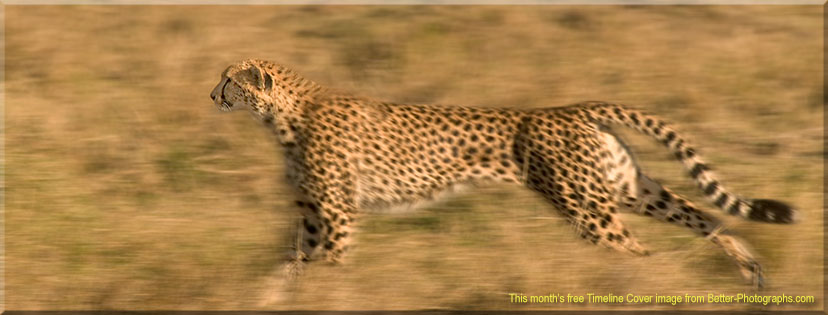











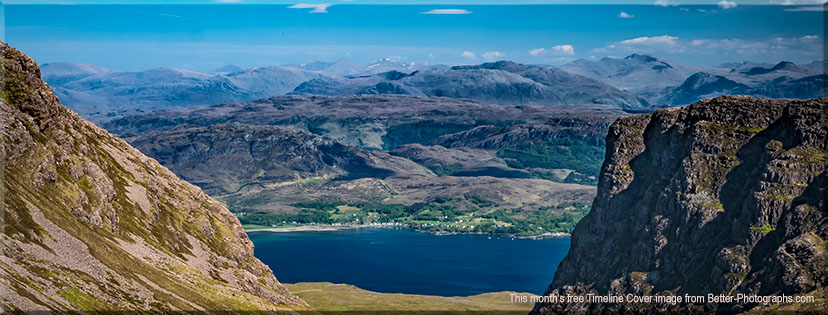

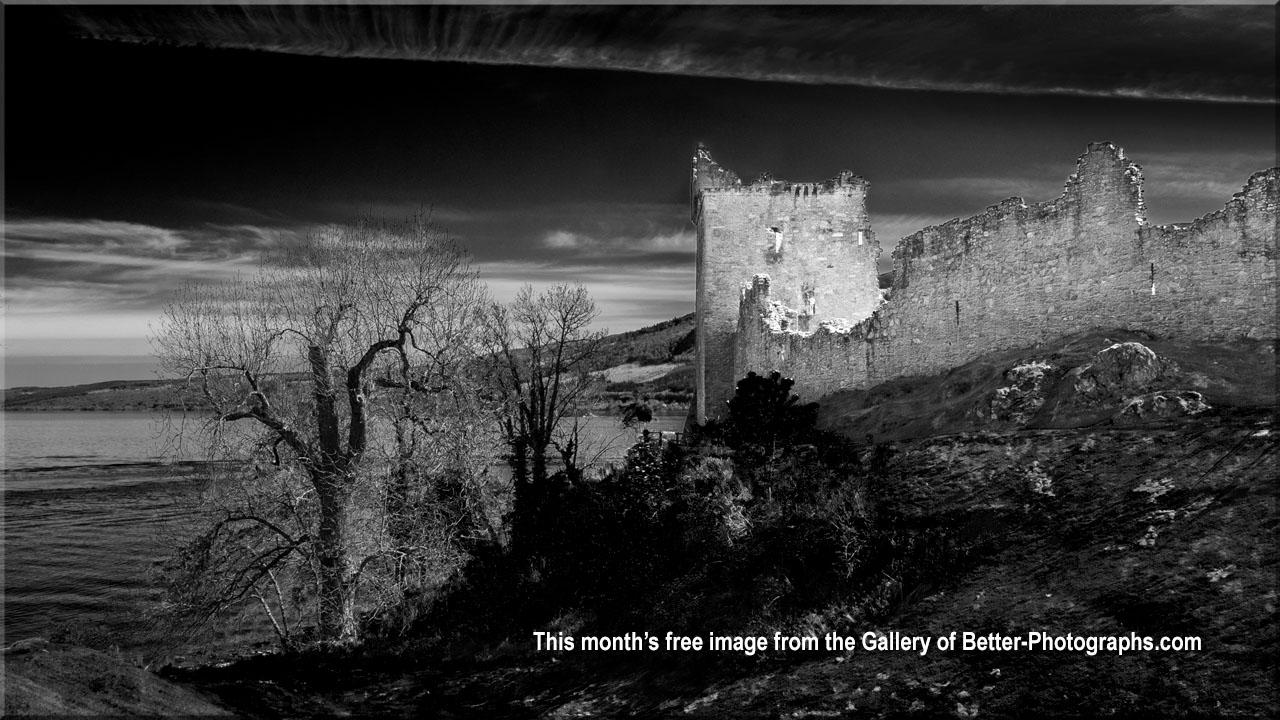




















New! Comments
Have your say about what you just read! Leave me a comment in the box below.